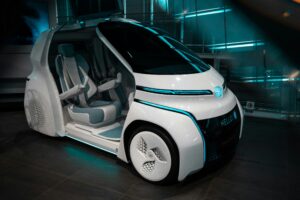Imagine a world where your clothes can charge your phone, your windows can generate electricity, and your backpack can power your laptop. While this may sound like something out of a sci-fi movie, the reality is that wearable technology and smart fabrics are revolutionizing the way we think about everyday objects.
According to a report by Grand View Research, the global smart textiles market is expected to reach $5.6 billion by 2025, driven by the increasing demand for multifunctional textiles in various industries such as healthcare, sports, and military. Companies like Google and Levi’s have already started experimenting with incorporating sensors and conductive materials into their products, paving the way for a new era of interconnected apparel.
One key player in this emerging field is Vollebak, a London-based clothing brand known for its innovative designs. Co-founder Steve Tidball believes that smart fabrics have the potential to change the way we interact with our environment, stating, “We see clothing as a platform for technology, a way to explore the boundaries of what’s possible.”
As we move towards a more sustainable future, the integration of technology into everyday textiles offers exciting possibilities for energy efficiency and resource conservation. By harnessing the power of smart fabrics, we can create a more connected and intelligent world where our clothing does more than just keep us warm—it powers our devices, monitors our health, and even generates clean energy. The future of fashion is not just about looking good, but also about doing good for the planet.



